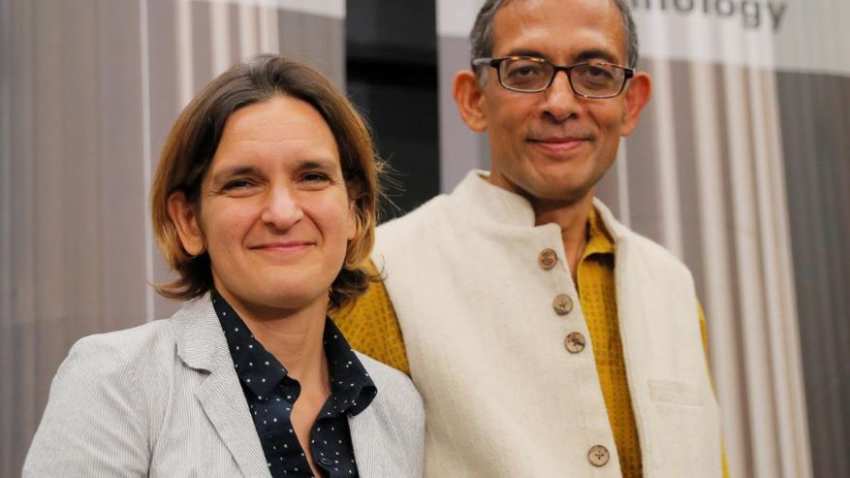People With Spinal Cord Injury Might Go Through Specific Cognitive Deficits
 A multidisciplinary group of scientists has verified particular cognitive deficits in people with SCI (spinal cord injury). Their results support the theory of speedy aging after SCI, and have crucial implications for additional research.
A multidisciplinary group of scientists has verified particular cognitive deficits in people with SCI (spinal cord injury). Their results support the theory of speedy aging after SCI, and have crucial implications for additional research.
The article, “Patterns of cognitive deficits in persons with spinal cord injury as compared with both age-matched and older individuals without spinal cord injury,” was ported by the Journal of Spinal Cord Medicine. The authors are researchers with know-how in SCI rehabilitation and cognitive rehabilitation: Jill M. Wecht from the James J. Peters VA Medical Center and Erica Weber, Nancy D. Chiaravalloti, Trevor Dyson-Hudson, and Glenn Wylie from Kessler Foundation.
People with chronic SCI have an elevated danger for cognitive impairment, which can unfavorably impact overall quality and recovery of life. Concomitant brain injury is unsuccessful to account for the elevated risk for cognitive deficits. Various factors add to the high occurrence—almost 60% show some level of cognitive impairment.
On a related note, implantable fibers are one of the major breakthroughs in the field of brain research. It has enabled researchers to stimulate particular targets in the brain and assess the electric responses. However, similar trials in the spinal cord nerves, which can eventually result in treatments that can improve the injuries of the spinal cord, are critical to conduct. This is because the spine stretches and flexes with the movement of the body. And also the comparatively stiff, fragile fibers utilized at present can injury the frail tissues of the spinal cord.
The traditional optic fibers that are utilized in optogenetics studies do twist fairly but do not compress or stretch. Recently, a research team has designed a rubber-like fiber that can stretch and flex while at the same time deliver optical impulses as well as electric connections for optoelectronic stimulation and monitoring & stimulation, respectively.



